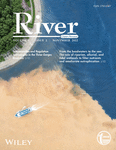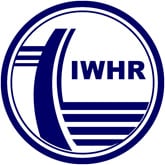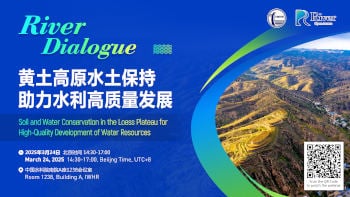Journal list menu
Export Citations
Download PDFs
ISSUE INFORMATION
EDITORIAL
Sustainable sediment management for sustainable use of reservoirs
- Pages: 121-122
- First Published: 01 December 2022
RESEARCH ARTICLES
Sedimentation and regulation technologies in the Three Gorges Reservoir
- Pages: 123-132
- First Published: 07 December 2022
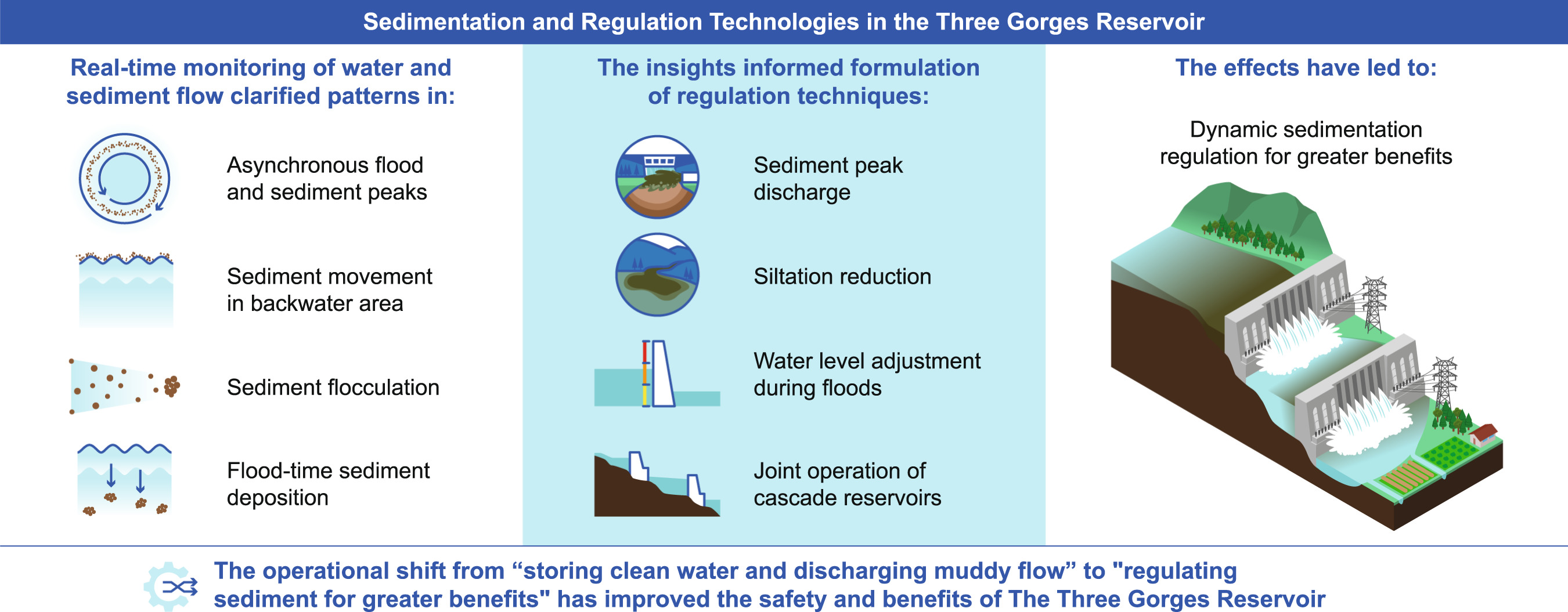
Sedimentation is one of the key technical problems present throughout feasibility demonstration, design, construction, and operation of the Three Gorges Project. Since the Three Gorges Reservoir began impoundment operation in 2003, important progress has been made in sedimentation and regulation technologies through systematic research and practices. This paper reveals the asynchronous propagation pattern of flood and sediment peak inflows, sediment movement in the backwater area during drawdown period, sediment flocculation, and sediment deposition that compromises the flood control reservoir storage, and puts forward new sediment regulation techniques, including sediment peak discharge regulation during flood season, siltation reduction in the backwater area during drawdown period, dynamic adjustment of the reservoir level during flood season, and joint sediment regulation in cascade reservoirs. A real-time monitoring, forecasting and dynamic regulation platform for water and sediment inflow in the Three Gorges Reservoir was developed; a new mode of dynamic sediment regulation called “regulating sediment for greater benefits” is proposed, which addresses the constraints of sedimentation on the optimal operation of Three Gorges Reservoir. By enabling more flexible operation, this mode improves the process and pattern of sedimentation, ensures the safety of reservoir operation, and significantly augments the comprehensive benefits of the Three Gorges Reservoir.
From the headwaters to the sea: The role of riparian, alluvial, and tidal wetlands to filter nutrients and ameliorate eutrophication
- Pages: 133-141
- First Published: 14 November 2022
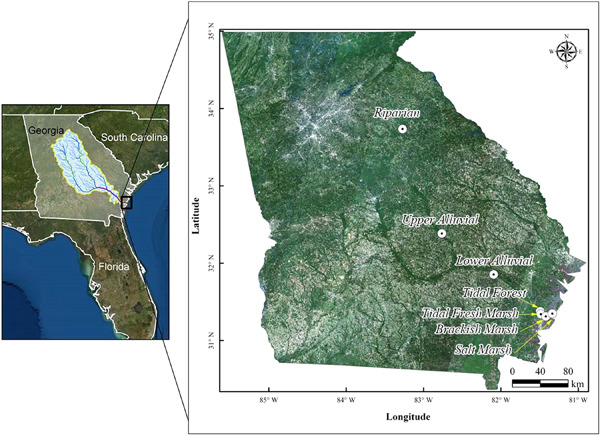
Soil accretion, organic carbon (C), total nitrogen (N), and total phosphorus (P) were measured in wetlands from the headwaters to the mouth of the Altamaha River, Georgia, USA to assess how sediment deposition, C sequestration, and N and P burial vary along the waterway. Results suggest that, in the Altamaha River, sediment deposition and P removal are maximized in the headwaters thereby protecting downstream freshwaters from the effects of P eutrophication. Tidal fresh and brackish marshes with their high rates of N burial can aid in protecting estuaries from N enrichment, many of which suffer from the effects of N eutrophication. Results from this study are scalable to other rivers of the southeastern U.S. piedmont and coastal plain and similar rivers of this size, topography, and geology.
Irrigation water use efficiency: A water balance approach
- Pages: 142-148
- First Published: 10 November 2022
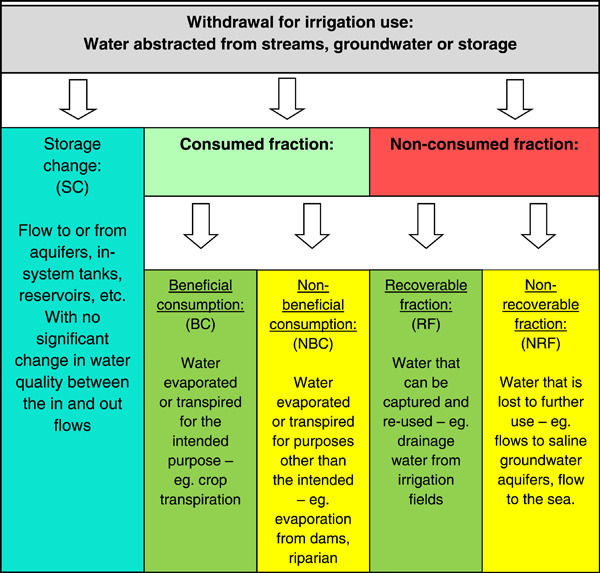
A water use framework that covers four levels of water management infrastructure: the water source, bulk conveyance system, the irrigation scheme, and the irrigation farm can be used to improve irrigation efficiency. The water balance approach can be applied at any level, within defined boundaries, or across all levels to assess performance within the whole Water Management Area.
Dynamic tracing of fecal bacteria processes from a river basin to an estuary using a 2D/3D model
- Pages: 149-161
- First Published: 11 December 2022
The 2022 extreme drought in the Yangtze River Basin: Characteristics, causes and response strategies
- Pages: 162-171
- First Published: 05 December 2022
Effects of ENSO on hydrological process and hydropower across the Lancang-Mekong River Basin
- Pages: 172-188
- First Published: 07 December 2022
Integrated water resources management: A new strategy for DSS development and implementation
- Pages: 189-206
- First Published: 10 November 2022
COMPREHENSIVE REVIEW
Transport dynamics of sediment-laden jet: A review
- Pages: 207-220
- First Published: 05 December 2022
RESEARCH ARTICLES
Around seven decades river course shifting and bank erosion susceptibility of river Mujnai
- Pages: 221-239
- First Published: 09 November 2022
Assessment of meander-bend migration of a major distributary of the Ganges River within Bangladesh
- Pages: 240-255
- First Published: 15 November 2022
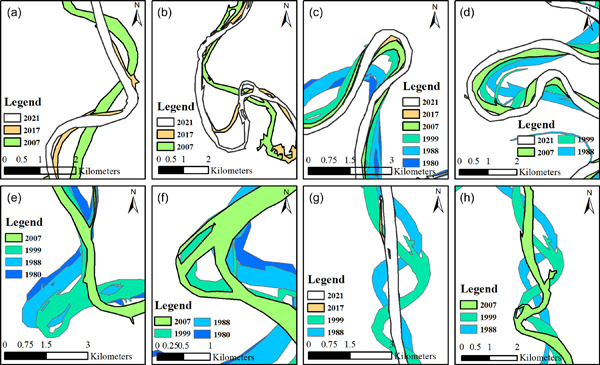
The offtake of the Arial Khan River, an important distributary of the Ganges River, shifts periodically. This shifting of the offtake exerts an important control on the morphology of the river itself. The upper reach of the river is found to be morphologically more unstable than the middle and lower reaches and the bend migration rate is also found to be higher in this reach. An envelope curve depicting the relation between the relative curvature of a bend and its migration is developed for the first time for any Bangladesh river.




